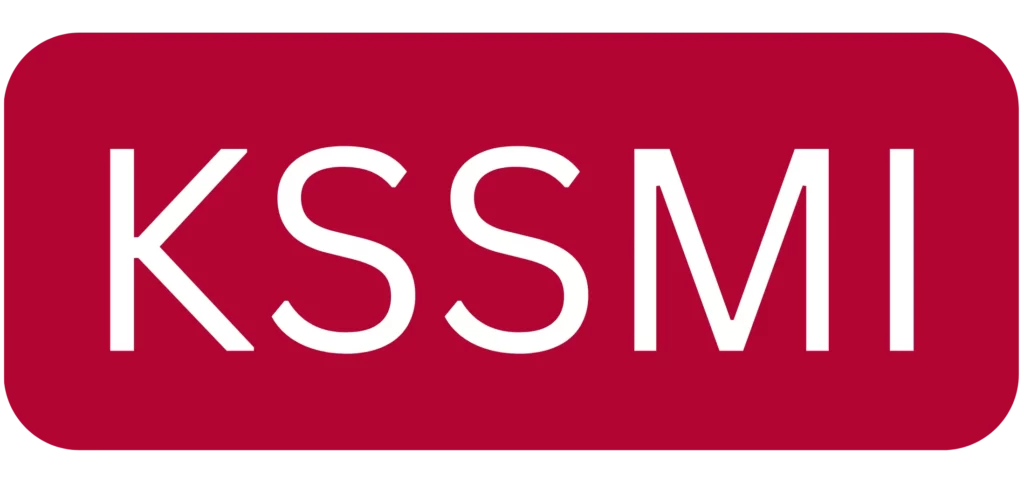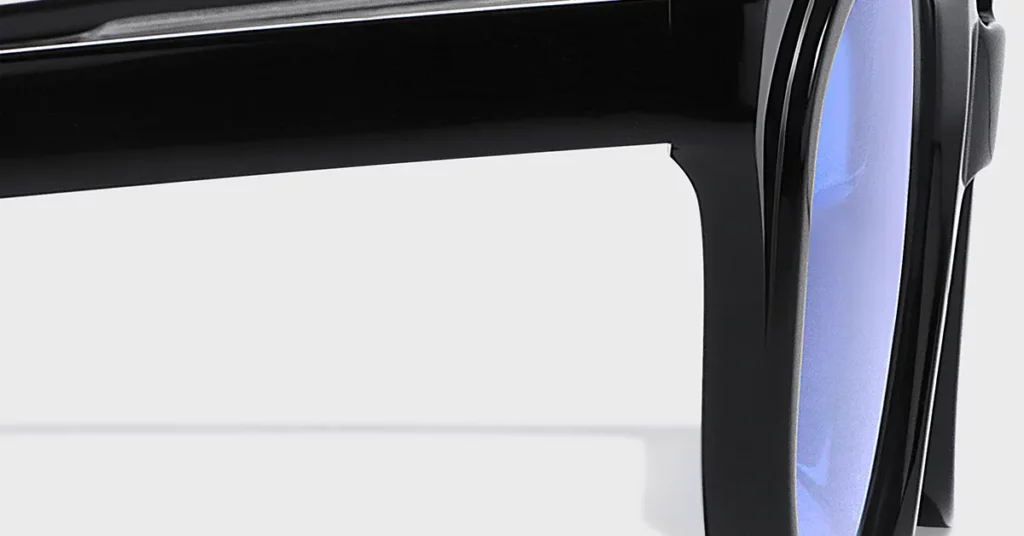Choosing a premium material like Mazzucchelli acetate is one of the most exciting decisions you’ll make for your eyewear brand. But the path from selecting a beautiful color swatch to receiving production-ready material is filled with hidden complexities. Many brands get stuck moving from the “why” to the “how,” facing unexpected costs and delays that put their entire collection at risk. This guide provides the practical business framework you need to navigate that process with confidence.
Mazzucchelli acetate is a premium, plant-based polymer used in luxury eyewear, renowned for its rich color depth, durability, and hypoallergenic properties. Sourcing it involves navigating complex supply chain logistics, understanding true landed costs beyond the per-sheet price, and managing production variables like Minimum Order Quantities (MOQs) and lead times. A strategic approach is required for successful procurement.
Why Mazzucchelli Acetate is a Strategic Choice for Premium Brands
Moving Beyond the Hype: What is Mazzucchelli Acetate, Really?
First, let’s establish what it is and what it isn’t. Mazzucchelli acetate is a plant-based polymer, not a petroleum-based plastic. It’s derived from renewable resources like cotton fibers and wood pulp, making it a type of bioplastic. This natural origin is a key differentiator from conventional plastics and a powerful story for brands focused on sustainability and quality.
The name itself carries immense weight. Founded in 1849, Mazzucchelli 1849 is a sixth-generation Italian company that has set the gold standard for high-end cellulose acetate for over 170 years. Using their material allows your brand to tap into this narrative of heritage and craftsmanship, instantly signaling a commitment to excellence.
The core value comes from its unmatched aesthetic and tactile qualities. The colors are embedded throughout the material, not coated on the surface, which means they won’t chip or fade. The material also has a warm, silky feel and is hypoallergenic due to its natural origins, making it ideal for prolonged skin contact.
Most Importantly: Choosing Mazzucchelli is a deliberate investment in your brand’s perception. The higher cost reflects a pre-packaged story of Italian luxury, superior quality, and wearer safety. This narrative justifies a premium price point and helps your product stand out in a crowded market.
The Quality You Can’t See: Why the Manufacturing Process Matters
The key difference between premium and mass-market acetate lies in the production method. Artisanal “block acetate” involves layering colors into a large block, curing it, and then slicing it into sheets. This labor-intensive method creates the deep, complex patterns Mazzucchelli is famous for. In contrast, industrial “extruded acetate” is faster and cheaper but is limited to simpler patterns.
| Feature | Block Acetate (e.g., Mazzucchelli) | Extruded Acetate |
| Process Type | Artisanal, “handmade” process. Involves layering, pressing, and curing large blocks. | Industrial process. Molten plastic is forced through a die to create sheets. |
| Color/Pattern Complexity | Extremely high. Allows for intricate, three-dimensional patterns. | Limited. Best for solid colors, simple layers, or gradient effects. |
| Material Properties | Generally softer, allows for rich color depth and a luxurious feel. | Can be more rigid and dense, especially Japanese extrusion. |
| Lead Time | Significantly longer due to the multi-stage curing and artisanal process. | Shorter, more suitable for mass production. |
| Cost | Higher due to labor-intensive process and longer production time. | Lower, more cost-effective for large volumes. |
| Best For | Premium, luxury eyewear where unique aesthetics and brand story are paramount. | Mid-market or high-volume collections with simpler color requirements. |
A critical, time-intensive stage in production is curing, or “seasoning.” After being sliced, acetate sheets are placed in special kilns for weeks or even months. This allows solvents to evaporate and the material’s internal structure to stabilize, which is fundamental to its final performance and stability.
Simple Analogy: Think of curing acetate like aging a fine wine or high-quality wood. The time invested in the process is not passive waiting; it’s an active transformation that develops the material’s character, strength, and stability. Rushing this step is like selling wine before it has matured—the final product will be unstable and of poor quality.
Critical Warning: Rushing or skipping the curing process is a major quality failure. Uncured acetate is dimensionally unstable and can warp, twist, or shrink when exposed to heat, causing lenses to pop out. Over time, it can become brittle and crack, leading to customer returns and severe damage to your brand’s reputation.

Certified Safe & Premium: Understanding Biocompatibility Standards
In the United States, the FDA regulates spectacle frames as Class I medical devices. This means brands are legally responsible for ensuring their products meet specific safety standards. For any product with prolonged skin contact, the globally recognized standard for demonstrating material safety is ISO 10993, which evaluates biocompatibility.
Adherence to this standard involves tests to ensure the material is non-irritant and non-sensitizing, which provides the scientific validation for any “hypoallergenic” claims. Passing these tests confirms the material will not cause a localized inflammatory response or induce an allergic reaction from repeated exposure.
The Bottom Line: For a premium brand, claiming a material is safe is not enough. You must source from suppliers who can provide documentation of compliance with standards like ISO 10993. This is a critical part of your due diligence, serving as a form of liability insurance and reinforcing your commitment to consumer safety.
A Strategic Choice: Selecting the Right Material Formulation
Your choice of material goes beyond a single option, directly impacting your product’s cost, marketing story, and appeal to specific consumers. Each formulation offers a distinct value proposition that must align with your brand’s strategy.
- Standard Acetate: The traditional benchmark for luxury eyewear, known for its proven performance and classic aesthetic.
- M49 Bio-Acetate: An eco-conscious formulation where the traditional plasticizer is replaced with one of vegetable origin. It has a bio-based content of approximately 68% and is certified biodegradable.
- Acetate Renew: A circular economy solution made with 60% bio-based and 40% certified recycled content from production scrap, tracked via the International Sustainability & Carbon Certification (ISCC) system.
| Feature | Standard Acetate | M49 Bio-Acetate | Acetate Renew |
| Composition | Cellulose acetate plasticized with DEP. | Cellulose acetate with a plasticizer of vegetable origin. | 60% bio-based and 40% certified recycled content. |
| Marketing Angle | The gold standard of traditional luxury. | Eco-conscious and innovative. Biodegradable. | Circular economy champion. Reduces waste. |
| Target Audience | Consumers who value heritage and classic luxury. | Environmentally conscious consumers. | Tech-savvy, sustainability-focused consumers. |
| Relative Cost | Baseline (Premium). | Higher than standard acetate. | Premium; comparable to other high-end options. |
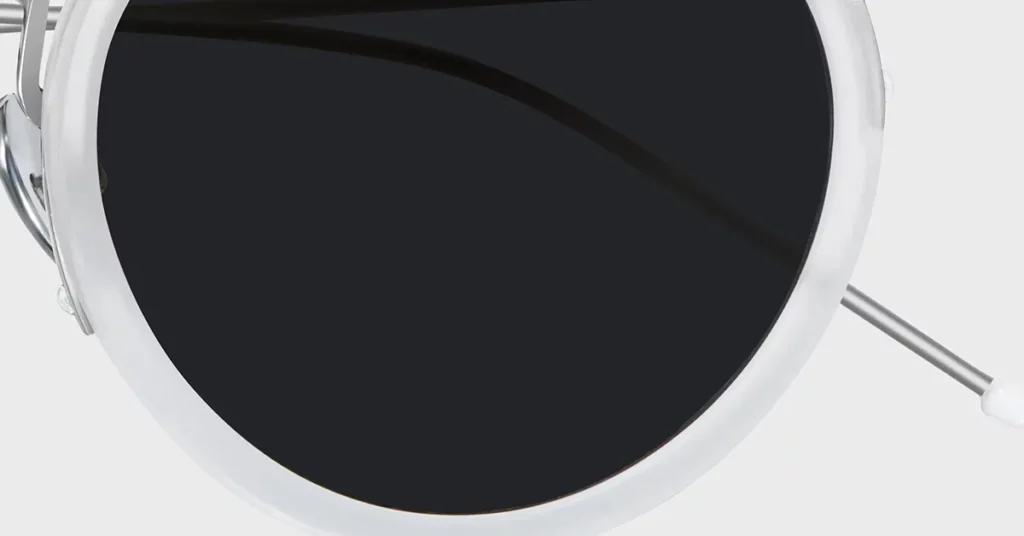
The Kssmi 3-C Procurement Framework: A Strategic Guide to Sourcing
Introduction: From “What Is It?” to “How Do I Get It?”
The internet is full of articles selling the dream of Mazzucchelli acetate, but they stop there. They explain the “what” and the “why” but leave you without a blueprint for the “how.” This gap creates significant risk, as the core fear for any brand is making a costly procurement error without understanding the true costs and logistical complexities.
To solve this, we developed the Kssmi 3-C Procurement Framework. It is a structured, repeatable process designed to de-risk sourcing by transforming your desire for a premium material into a concrete, defensible business plan.
Simple Analogy: Think of the 3-C Framework as a pre-flight checklist for a pilot. Before taking off, a pilot methodically checks every critical system to ensure a safe journey. Our framework helps you do the same for your procurement journey, ensuring you’ve checked your Cost, Criteria, and Contingency plans before committing your capital.
The framework is built on three pillars to be addressed sequentially before you sign any purchase order:
- COST: A method for calculating the true landed cost, not just the per-sheet price.
- CRITERIA: A checklist for defining your requirements before engaging a supplier.
- CONTINGENCY: A risk matrix for identifying and planning for supply chain challenges.
Component 1: COST (Mastering Your True Landed Costs)
Common Mistake: The most frequent budgeting error is mistaking the supplier’s quoted price per sheet for the final cost. This figure is just the starting point. The true cost, or Total Cost of Ownership (TCO), includes every expense incurred to get the material from Italy to your factory floor, ready for production.
Simple Analogy: Calculating TCO is like budgeting for a vacation. The flight ticket is the base material cost, but you also have to account for baggage fees (shipping), resort fees (tariffs), taxis (brokerage), and money spent on activities you didn’t plan for (machining waste). Only by adding all these up do you get the true cost of the trip.
Your TCO calculation must include several key inputs beyond the base material price. Use the worksheet below to build a comprehensive budget.
| Cost Component | Description & Budgetary Rule of Thumb | Estimated Cost |
| Base Material Cost | Price per sheet/kg from supplier: (Price per unit) x (Number of units). | $ |
| International Freight | Cost to ship material from Italy to your factory. Obtain quotes for Air vs. Sea. | $ |
| Insurance | Coverage against loss or damage during transit. Typically 0.5% – 2% of commercial invoice value. | $ |
| Customs Duties/Tariffs | Tax based on HTS code 3920.73.0000 (2.9% of value). Verify current trade policies. | $ |
| Customs Brokerage | Fee paid to a broker to handle customs clearance. Budget $150-$500. | $ |
| Machining Waste | Material lost during CNC cutting. Factor in 50-75% waste. | $ |
| Prototyping & Sampling | Cost to create initial samples for approval. Budget $200-$1000 per design. | $ |
| Currency Conversion | Fees for converting USD to EUR for payment. Typically ~1-3% of transaction value. | $ |
| TOTAL ESTIMATED COST | The true landed cost of your material (Sum of all above). | $ |
Best Practice: In my two decades of experience, I’ve found a reliable rule of thumb. Calculate your total base material cost and then add a buffer of 15% to 25% on top. This provides a realistic budget that accounts for the full spectrum of landed costs and prevents painful financial surprises.
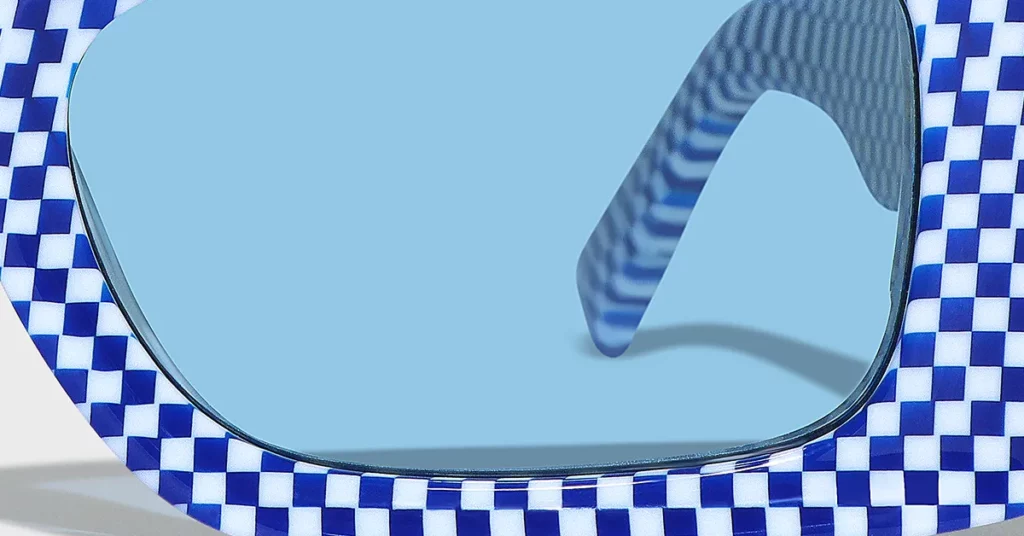
Component 2: CRITERIA (The Procurement Pre-Flight Checklist)
Engaging a supplier without a clear definition of your needs is inefficient and unprofessional. Before making contact, complete this internal “pre-flight checklist” to ensure you know exactly what to ask for.
- Brand & Market Position Alignment: Is your brand story built on a “Made in Italy” narrative where the Mazzucchelli name is non-negotiable? Or does your mid-market position require a high-grade domestic acetate for a better cost-quality balance? This choice dictates your entire sourcing path.
- Minimum Order Quantity (MOQ): A typical industry MOQ is 300 units per model, often split across three colors. This represents a significant upfront capital investment. You must conduct a cash flow analysis to ensure you can support this initial outlay.
- Technical Specifications: You must define the precise details required, including the formulation (Standard, M49, Renew), sheet thickness (e.g., 6mm for fronts, 4mm for temples), and exact color codes.
- Lead Time vs. Production Calendar: Sourcing Mazzucchelli is not a fast process. A conservative estimate for receiving raw material from Italy can be 3-4 months from the order date. You must work backward from your launch date to see if this timeline is viable.
Component 3: CONTINGENCY (The Supply Chain Risk Matrix)
A strategic approach doesn’t ignore risks; it identifies them and creates mitigation plans before they occur. Sourcing a specialized, single-source material from overseas has inherent challenges that you must prepare for.
The most common and disruptive risk is lead time volatility. Quoted lead times are estimates, not guarantees. Delays can be caused by production backlogs, raw material shortages, or logistical bottlenecks like port congestion. This is the single biggest threat to hitting your launch dates.
Best Practice: Never plan your production calendar around the supplier’s best-case-scenario lead time. Take the total quoted time from order to delivery and add a 30% buffer. If the quote is 120 days, your internal plan should be based on 156 days. This buffer absorbs most common delays and prevents cascading failures.
Another common pitfall is the “Master Sample Trap.” This occurs when a brand approves a single perfect sample, but the bulk production exhibits minor, inherent variations. The mistake is not in the variation, but in failing to define an acceptable range of variance before placing the order.
Simple Analogy: The “Master Sample Trap” is like ordering a gallon of custom-mixed paint based on a tiny color swatch. When you paint the whole wall, you might notice subtle shifts in tone that weren’t visible on the small card. The solution is to approve a “range” of acceptable shades beforehand, not just one perfect swatch.
| Risk | Potential Impact | Mitigation Strategy |
| Single-Source Dependency | Production halts if the supplier has issues (e.g., factory fire, regional lockdown). | For core products, vet a secondary supplier of high-quality domestic acetate as a backup. Maintain a safety stock of key materials. |
| Lead Time Volatility | Missed launch dates, stockouts, inability to fulfill retailer orders. | Add a 30% time buffer to all quoted lead times in your production calendar. Use air freight for urgent needs. |
| Cost & Currency Volatility | Unforeseen budget overruns, reduced profit margins. | Add a 15-25% cost buffer to your COGS calculation. Consider currency hedging options or discuss fixed-price agreements. |
| The “Master Sample Trap” | Bulk production does not match the approved perfect sample, leading to unusable inventory. | Define and document acceptable color/pattern variance in writing. Request and approve “boundary samples” that show the acceptable range. |
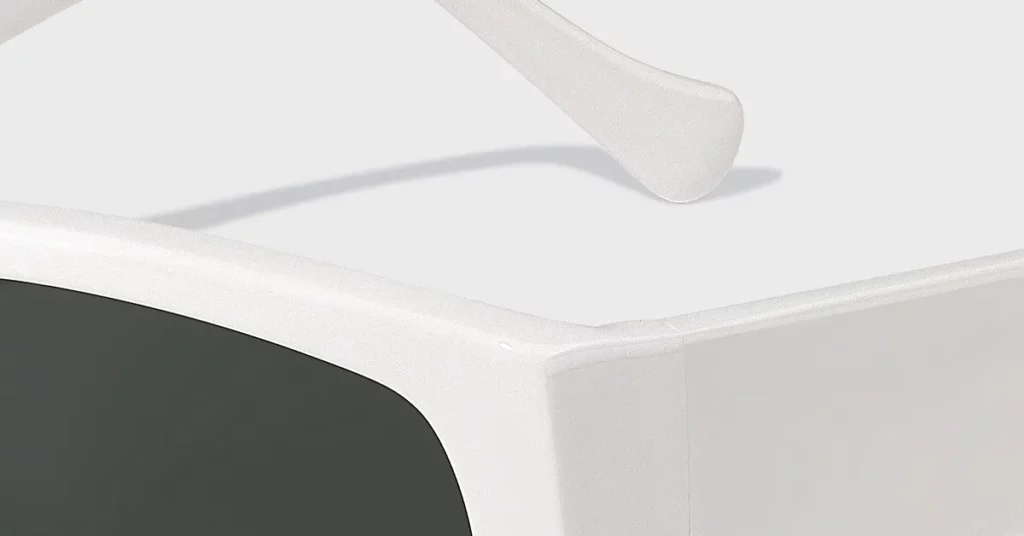
Beyond Procurement: Managing the Supplier Relationship & Quality
A Practitioner’s Guide to Incoming Quality Control
The purpose of an incoming Quality Control (QC) process is to formally verify that the bulk material you’ve received meets the agreed-upon standards. This is the checkpoint that prevents you from manufacturing frames with faulty material.
Your QC process should include these mandatory steps:
- Incoming Inspection for Color Consistency: Visually compare a random sample of sheets (5-10% of the shipment) against your approved master and boundary samples under controlled lighting.
- Test Milling to Verify Material Behavior: Select one or two sheets and have your factory run them through the CNC milling program. This confirms the material doesn’t chip, crack, or melt excessively during production.
- Clear Documentation to Establish Accountability: If issues are found, document them immediately with high-resolution photos and a detailed written report. This objective evidence is required to hold your supplier accountable.
Pro Tip: The most effective QC happens before the order is placed. Your supply agreement should contain a clause that explicitly defines the criteria for acceptance, referencing the approved boundary samples and metrics for acceptable variance.
Building a Long-Term Partnership
The most successful brands don’t view their suppliers as transactional vendors; they cultivate strategic partnerships. A purchase order is tactical, but a partnership is long-term. Premium suppliers prioritize clients who offer consistency, clear communication, and a collaborative spirit.
To become a valued partner, you must focus on clear communication. Share your sales forecasts and future product development roadmaps. This allows the supplier to better plan their own capacity to meet your future needs, and in return, you can often negotiate more favorable terms over time. As the relationship matures, you can even collaborate on custom, exclusive acetate patterns, creating a powerful competitive advantage.
Preserving the Investment: A Guide to Acetate Care & Longevity
Your commitment to quality should extend to the end consumer. Providing clear after-care instructions enhances the customer experience and helps ensure the product’s longevity.
Advise customers to clean their frames with a soft microfiber cloth and, if needed, lukewarm water with mild soap. Most importantly, they must be warned about the dangers of high heat and harsh chemicals.
Critical Warning: Never leave acetate glasses on a car dashboard. High heat can cause the material to warp. Additionally, chemical solvents like acetone or alcohol-based cleaners can strip the polished finish and must be avoided. These simple instructions protect the customer’s investment and reinforce your brand’s dedication to quality.
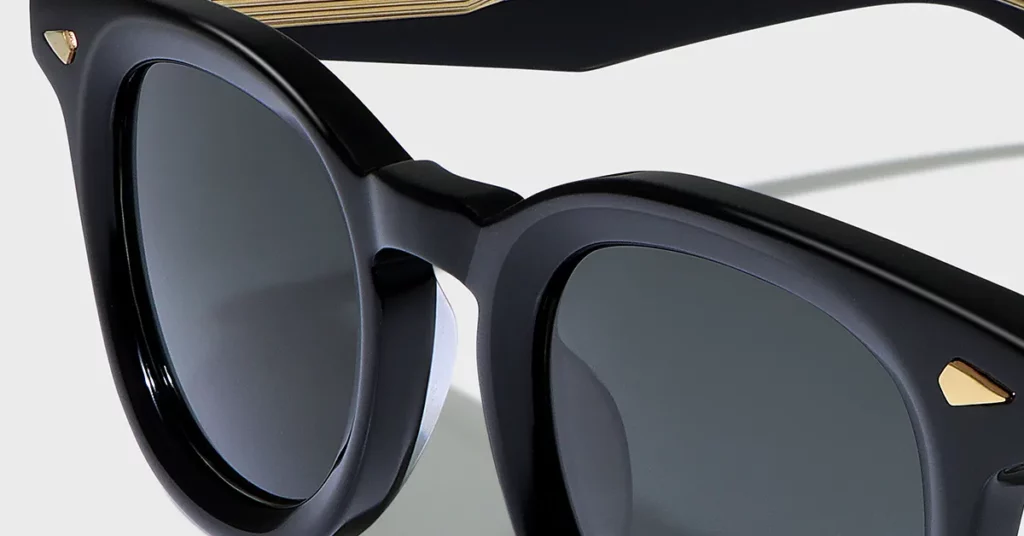
Conclusion
Choosing Mazzucchelli acetate is a strategic investment in your brand’s story and perceived value. However, the true path to profitability lies in mastering the procurement process. By using a disciplined framework like the 3-C’s of Cost, Criteria, and Contingency, you transform a high-risk sourcing decision into a data-driven plan. Smart procurement is what turns a world-class material into a successful product line, so contact us to help build your strategy.
Frequently Asked Questions
1. What is a realistic MOQ for a first-time order of a custom color? For a completely custom color, anticipate a Minimum Order Quantity in the range of 500 to 1,000 kilograms of material. This is significantly higher than the typical 300-piece MOQ for stock colors because it requires a dedicated production run.
2. How long should I budget for the entire process, from first contact to receiving materials?
A safe and realistic end-to-end timeline for sourcing custom Mazzucchelli acetate is 4 to 6 months. This includes time for color development, material production, critical curing, and international shipping. Remember to add a contingency buffer to this timeline.
3. Can I buy directly from Mazzucchelli or do I need to use a distributor?
For strategic sourcing, custom development, and bulk production, brands typically work directly with Mazzucchelli’s sales and development teams. Their business model is built on establishing direct partnerships with their clients.
4. Is the more sustainable M49 acetate significantly more expensive?
Yes, you should expect a price premium for M49 bio-acetate compared to the standard formulation. This increased cost is a direct investment in the product’s sustainability story, which can justify a higher retail price and appeal to eco-conscious consumers.
5. What is the most common mistake new brands make when sourcing premium acetate?
The single most damaging mistake is failing to budget for the Total Cost of Ownership (TCO). New brands fixate on the per-sheet price and neglect freight, duties, and especially the material lost to machining waste, leading to severe budget overruns.
